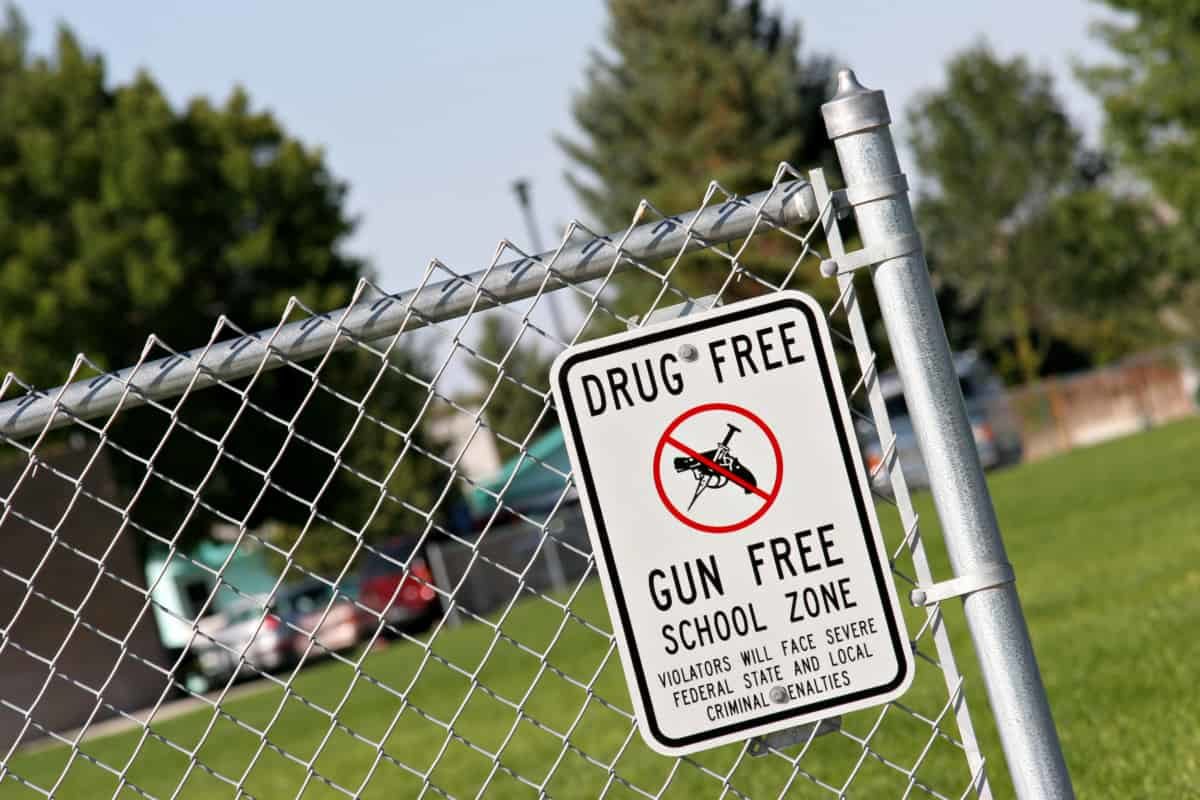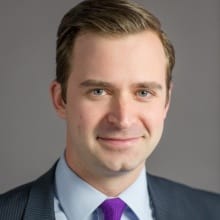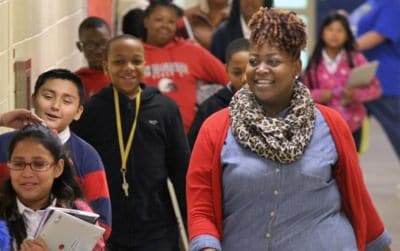

As I watched the coverage of last week’s mass shooting in Orlando, I couldn’t help but wonder how my generation will teach its children about such a tragedy.
Immediately, Orlando is the subject of dinnertime explanations and perhaps graduation party chit chat. But one day my generation will have to teach the subject of mass shootings to our children through textbooks and lesson plans. We’ll have to teach what happened at Virginia Tech and Newtown and Charleston and San Bernadino and Orlando and the next place mass murder occurs. We’ll have to teach what happened, and we’ll have to answer questions about why.
How will we do that? How will our policymakers — the State Board of Education, school boards, principals — decide to approach curriculum about this period in American history? Will we expose our children to the debates about guns, mental health and terrorism? Will we answer their questions about why?
I suppose every generation believes their perspective on things like this is the most unique, most interesting, most nuanced. But my generation — Gen Y, millennials, whatever you want to call us — has come of age in the mass shooting era. We started school not knowing such things could happen. We graduated from college seeing that they could — and that they could happen to us.
I remember the fear I felt, at least for a few days, after the Columbine school shooting that happened while I was in middle school. We were stunned by the horror of it. Some kids spray painted the giant rock at the front of campus with a black and white RIP message. We talked about it a little at home and at school. We held “lockdown” drills after that, but we never had an in-depth conversation at school, and we certainly never explored the related issues.
I remember covering the Virginia Tech massacre as a student journalist in college. We blinked back tears as we saw the images from Blacksburg. We were on the cusp of entering the real world, and we knew it was a different place than the world we saw as we entered school.
So now, as my friends have children and as I see them grow up and get ready to start school, I know the day will come — sooner rather than later — when mass shootings become part of an American history class. Fourteen of the 30 deadliest shootings in modern American history have happened in the nine years since Virginia Tech. They will move from a sentence at the end of a textbook to a paragraph to a chapter.
The National Association of School Psychologists and the Mayo Clinic both have excellent tips about how to talk to children about tragedy. The resources are excellent for parents in the immediate aftermath of these terrible events. But they don’t get at the long-term, more nuanced discussion that policymakers and educators should prepare to have.
I wonder if textbooks will treat this era of mass shootings as a single event that led (or did not — it remains to be seen) to a major policy shift. Will this period, in hindsight, be taught like the Triangle Shirtwaist Factory fire? The 1911 industrial disaster in New York left 146 people dead and led to an overhaul of labor laws and practices. I remember learning about it in my American history class in high school.
During the initial coverage of the Orlando attack, CBS News interviewed a former FBI profiler who was asked if these kind of shootings are the new normal in America. “Yes,” she said. “The short answer is yes, and the long answer is yes.”
Perhaps, then, mass shootings won’t be taught as history, but still as current events.


